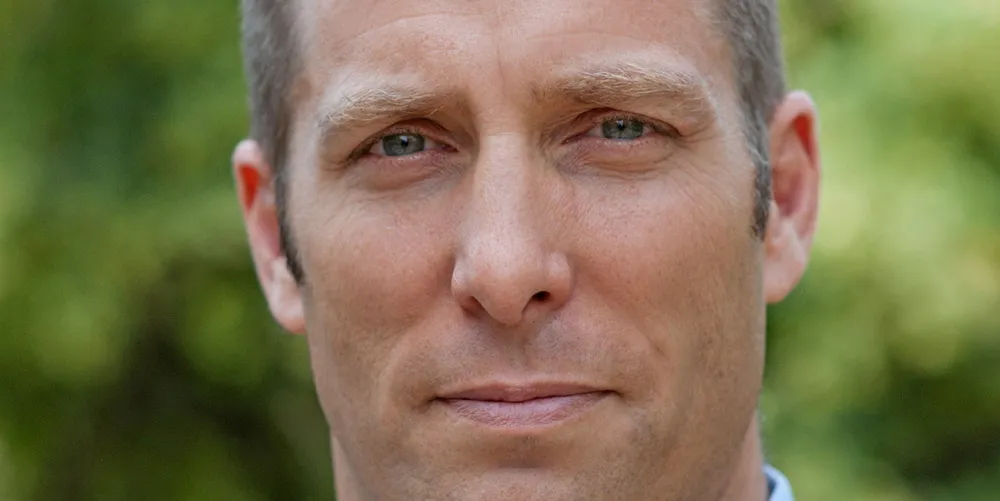'A decade on, the phony Solyndra controversy is still inflicting political damage on clean energy'
The fossil lobby knows the US Inflation Reduction Act is a $370bn plan to displace it – and is well-practiced in weaponising government influence-peddling and disinformation to block threats to its profits and so undermine it, warns Mike Casey
